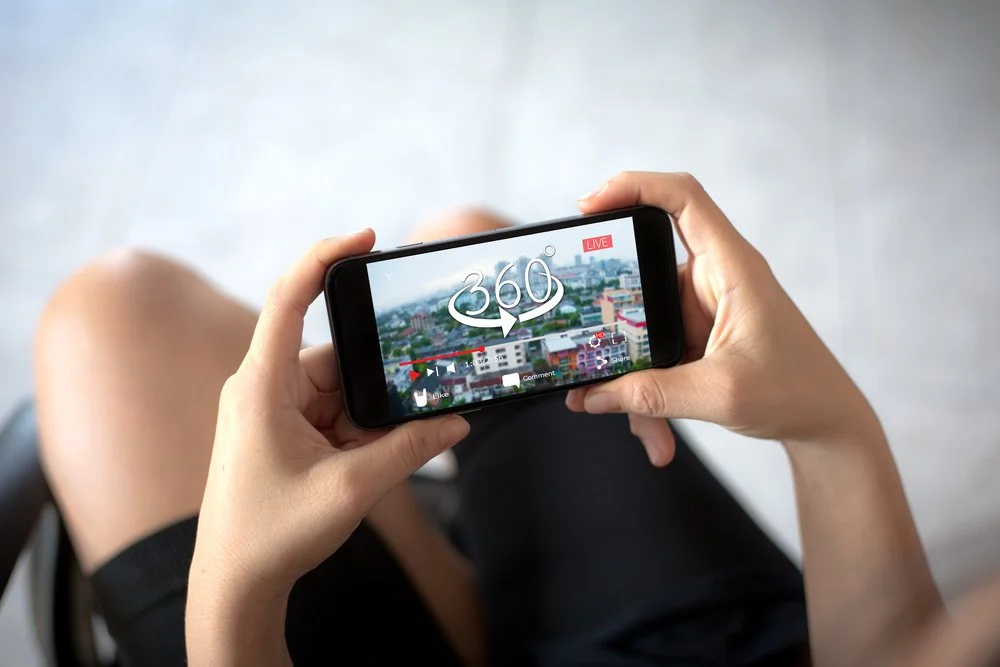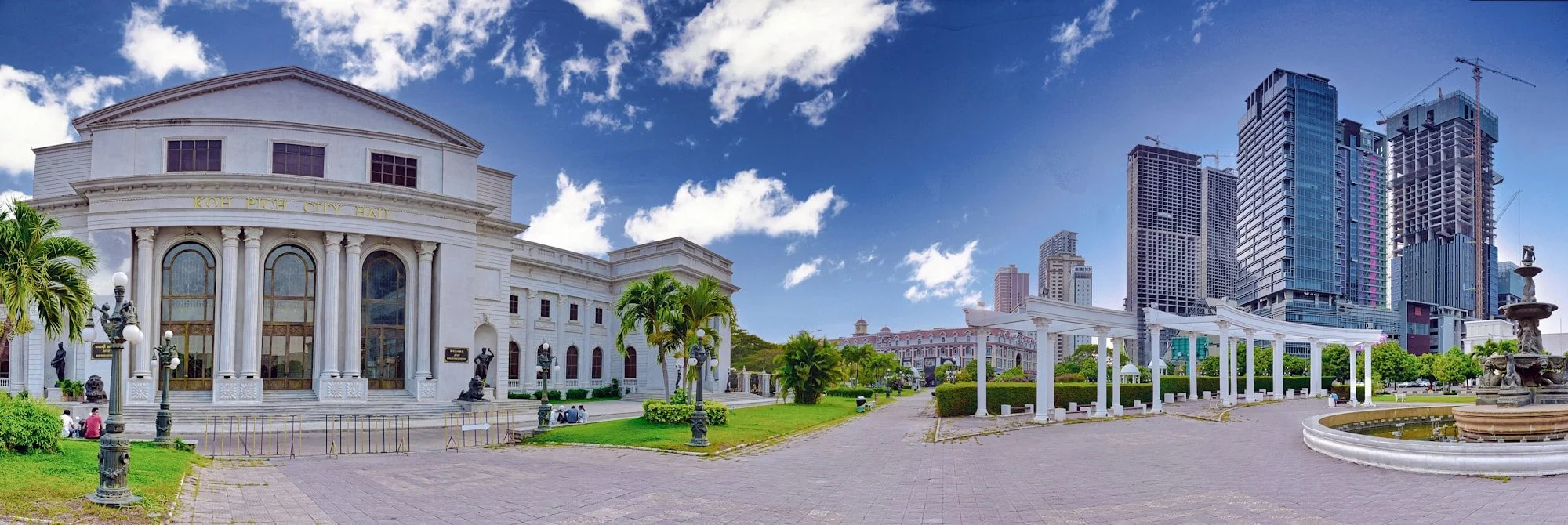Revolutionizing Marketing Campaigns With 360° Video Content
The marketing landscape has reached a critical inflection point. Traditional advertising methods face declining attention spans, ad blockers, and increasingly skeptical consumers who demand authentic experiences over promotional messaging. Enter 360° Video technology, a revolutionary medium that doesn't just tell brand stories but allows audiences to inhabit them completely. This immersive format represents a significant shift in marketing communication, offering brands remarkable opportunities to forge genuine connections in an oversaturated digital ecosystem.
Creating Audience Agency
The fundamental distinction of 360° Video lies in its radical redistribution of control from marketer to viewer. Unlike conventional video content, where editors dictate every frame and viewing angle, immersive experiences grant audiences complete navigational freedom. Viewers become directors of their own experience, choosing focal points, exploration paths, and engagement duration according to personal interest and curiosity.
This paradigm shift transforms marketing from a broadcast model to a discovery-based interaction. When automotive brands showcase vehicle interiors through 360° Video, potential customers can examine craftsmanship details, explore technological features, and assess spatial comfort at their own pace. The experience mirrors real-world product evaluation, creating psychological ownership before purchase consideration begins.
Research demonstrates that interactive content generates 52.6% higher engagement rates than static formats, but the implications extend beyond metrics. Audience agency cultivates investment psychology where viewers develop personal attachment to experiences they actively shape. This self-directed exploration creates memorable touchpoints that traditional advertising cannot replicate, establishing emotional foundations for brand relationships.
Neurological Impact and Memory Formation
The cognitive processing of 360° Video operates fundamentally differently from traditional media consumption. Immersive environments activate multiple brain regions simultaneously, engaging spatial processing centers alongside visual and auditory systems. This comprehensive neural activation creates robust memory encoding that surpasses conventional marketing approaches.
Psychological studies reveal that immersive media significantly enhances empathy and emotional recall by triggering deeper cognitive processing mechanisms. When viewers experience brand narratives within three-dimensional environments, their brains process the content as lived experience rather than observed media. This neurological distinction explains why 360° Video campaigns demonstrate superior brand recall and emotional resonance compared to flat media alternatives.
The implications for storytelling are profound. Brands can now create emotional architectures where audiences don't just understand messages but feel embedded within them. A nonprofit organization showcasing humanitarian work through 360° Video doesn't merely inform viewers about global challenges; it creates empathetic understanding that drives meaningful action. This emotional intensity translates directly into campaign effectiveness and donor engagement.
Strategic Integration Across Digital Ecosystems
Modern marketing success requires faultless omnichannel execution, and 360° Video excels in cross-platform compatibility. The technology adapts fluidly across viewing environments, from smartphone screens to desktop computers to virtual reality headsets, maintaining experience integrity regardless of access method. This versatility ensures campaign reach without compromising immersive quality.
Social media platforms have rapidly adopted 360° Video support, with Facebook and YouTube providing native hosting and sharing capabilities. This integration allows brands to leverage existing audience networks while introducing innovative content formats. The result is enhanced visibility within established user behaviors rather than requiring audience migration to specialized platforms.
The accessibility factor extends beyond technical compatibility to include diverse user capabilities and preferences. 360° Video accommodates different comfort levels with technology while remaining inclusive for users across age demographics and technical proficiency ranges. This broad accessibility ensures campaign impact isn't limited by technological barriers or user expertise requirements.
Advanced Analytics and Performance Optimization
Traditional video marketing relies on limited metrics like view duration and completion rates, but 360° Video provides granular behavioral insights that revolutionize campaign optimization. Marketers can analyze exact viewing patterns, identifying which environmental elements capture attention, how audiences navigate virtual spaces, and what content triggers extended engagement.
Heat mapping technology reveals viewer attention patterns within immersive environments, showing precisely where audiences focus their visual attention throughout experiences. This data enables real-time campaign refinement, allowing marketers to enhance compelling elements while minimizing less effective content areas. Such detailed feedback loops accelerate optimization cycles and improve return on investment.
Industry Applications and Market Transformation
Leading organizations across sectors are leveraging 360° Video to solve specific marketing challenges with remarkable success. Real estate companies utilize immersive property tours to qualify prospects remotely, reducing showing requirements while increasing serious buyer engagement. Educational institutions create virtual campus experiences that attract geographically dispersed applicants who might never visit physically.
Tourism boards have discovered that 360° Video destination showcases inspire actual travel bookings more effectively than traditional photography or conventional video content. The immersive preview creates anticipation and emotional connection that translates into purchasing decisions. This direct correlation between virtual experience and real-world action demonstrates the technology's commercial viability across diverse market segments.
Healthcare organizations employ 360° Video for patient education, creating immersive explanations of complex procedures that improve understanding and reduce anxiety. The visual clarity and environmental context help patients make informed decisions while building trust in medical providers. These applications showcase how immersive content addresses communication challenges that traditional media cannot resolve effectively.
Future Implications for Brand Communication
360° Video represents more than technological innovation; it signals a fundamental evolution in how brands communicate with audiences. The format bridges the gap between digital marketing and experiential engagement, creating hybrid experiences that combine online convenience with immersive depth. This convergence addresses consumer desires for authentic interaction while meeting business needs for scalable communication.
As virtual and augmented reality technologies continue advancing, 360° Video serves as a foundational stepping stone toward fully immersive brand experiences. Organizations investing in immersive content creation today are building capabilities and audience familiarity that will prove essential as these technologies achieve mainstream adoption.
At Skylight Video Productions, we specialize in brand video production from promotional, corporate, and explainer videos to commercial, social media, and 360 Video. Our team will be happy to explore how 360° Video can transform your marketing communication strategy and create lasting audience connections that drive measurable business results. Let’s connect.


